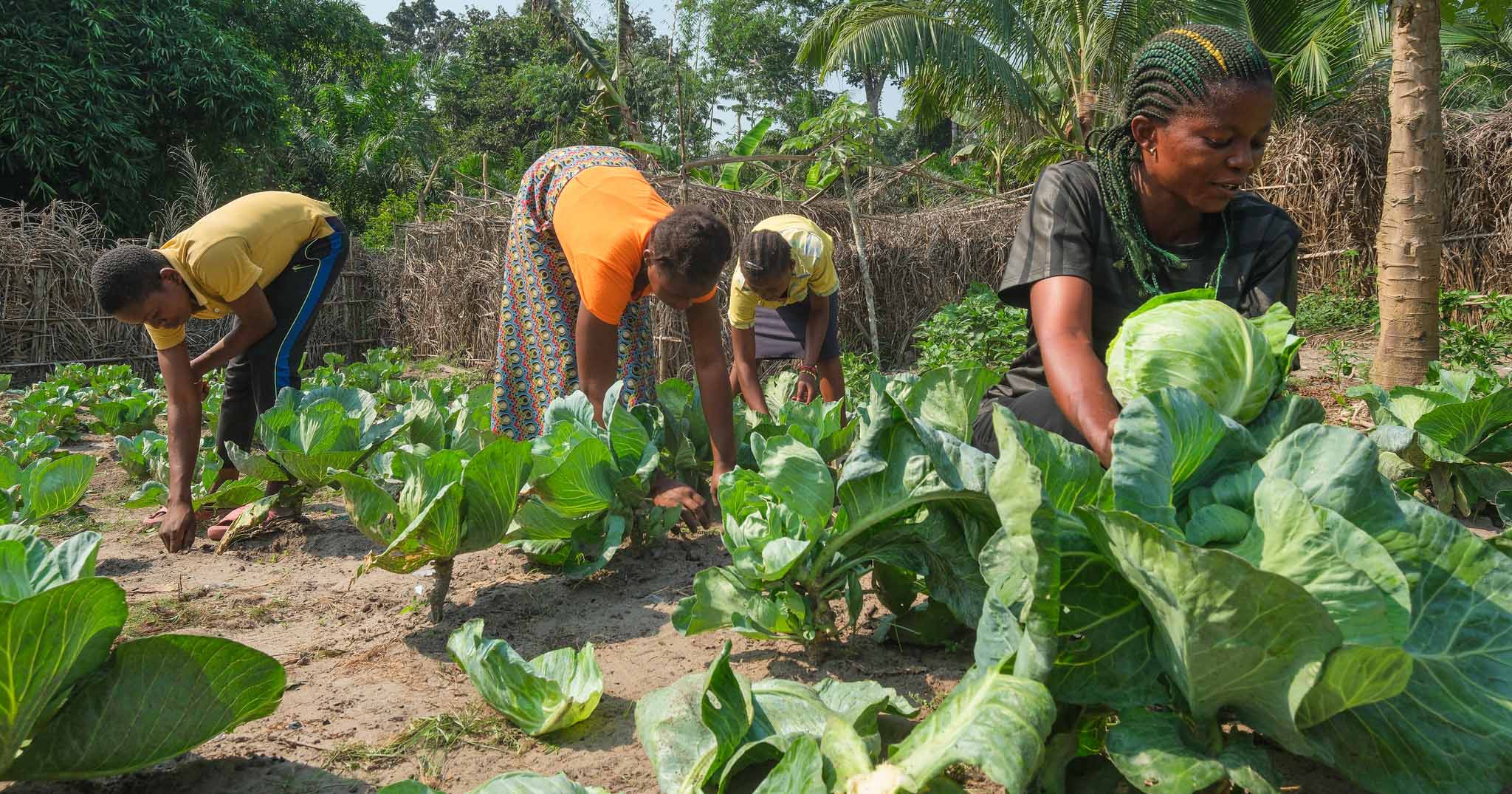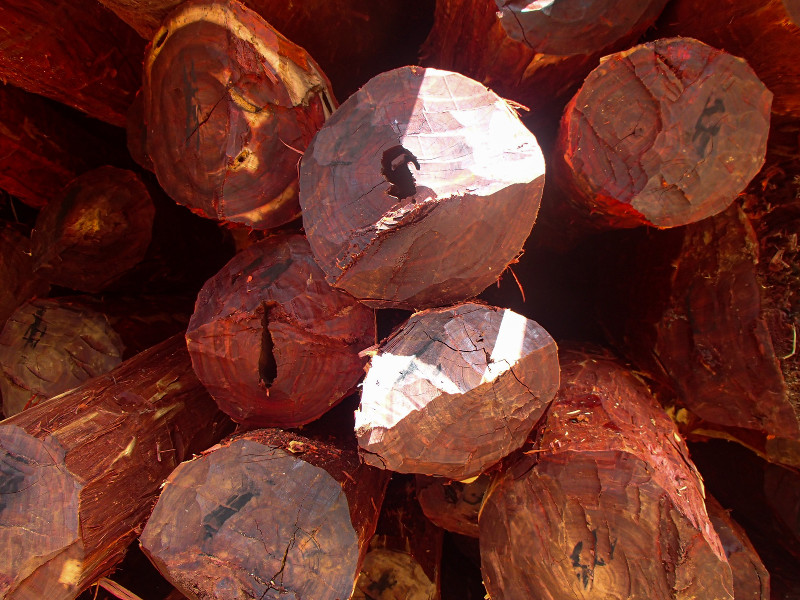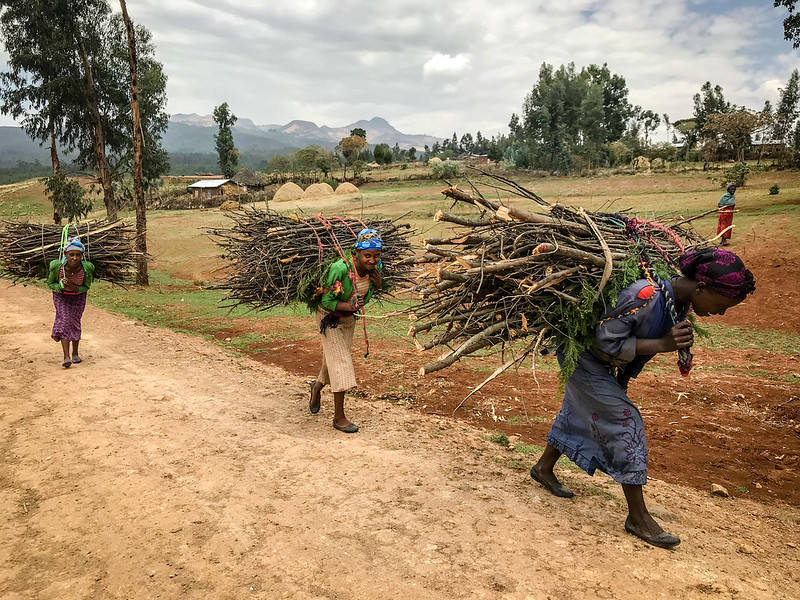Aim: Here we examine the functional profile of regional tree species pools across the latitudinal distribution of Neotropical moist forests, and test trait–climate relationships among local communities. We expected opportunistic strategies (acquisitive traits, small seeds) to be overrepresented in species pools further from the equator, but also in terms of abundance in local communities in currently wetter, warmer and more seasonal climates. Location: Neotropics. Time period: Recent. Major taxa studied: Trees. Methods: We obtained abundance data from 471 plots across nine Neotropical regions, including c. 100,000 trees of 3,417 species, in addition to six functional traits. We compared occurrence-based trait distributions among regional species pools, and evaluated single trait–climate relationships across local communities using community abundance-weighted means (CWMs). Multivariate trait–climate relationships were assessed by a double-constrained correspondence analysis that tests both how CWMs relate to climate and how species distributions, parameterized by niche centroids in climate space, relate to their traits. Results: Regional species pools were undistinguished in functional terms, but opportunistic strategies dominated local communities further from the equator, particularly in the Northern Hemisphere. Climate explained up to 57% of the variation in CWM traits, with increasing prevalence of lower-statured, light-wooded and softer-leaved species bearing smaller seeds in more seasonal, wetter and warmer climates. Species distributions were significantly but weakly related to functional traits. Main conclusions: Neotropical moist forest regions share similar sets of functional strategies, from which local assembly processes, driven by current climatic conditions, select for species with different functional strategies. We can thus expect functional responses to climate change driven by changes in relative abundances of species already present regionally. Particularly, equatorial forests holding the most conservative traits and large seeds are likely to experience the most severe changes if climate change triggers the proliferation of opportunistic tree species. © 2021 John Wiley & Sons Ltd
DOI:
https://doi.org/10.1111/geb.13309
Dimensions Citation Count:























